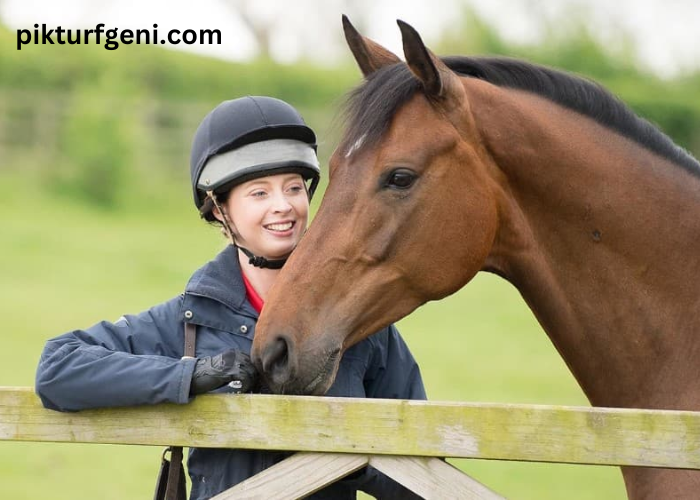Horses have been companions to humans for thousands of years, serving as work animals, leisure partners, and even symbols of cultural heritage. Despite their long history with humans, they remain enigmatic creatures with complex behaviors and communication methods. Understanding horse behavior is crucial for effective training and fostering a strong bond between humans and horses. This article delves into the intricacies of equine communication and offers insights into how to train horses effectively. Explore a wide range of online courses on casacourses. Enhance your skills and knowledge with our diverse selection of educational programs.
1. The Language of Horses
Horses communicate through a combination of vocalizations, body language, and facial expressions. Here are some key elements:
- Vocalizations: Horses produce a range of sounds, including whinnies, nickers, and snorts. Each sound can convey different messages, such as a whinny to call out to other horses or a snort as a sign of alertness or irritation.
- Body Language: Horses use their body language to express emotions and intentions. For example, a horse with its ears pinned back may be feeling threatened or aggressive, while a horse with its ears forward is likely interested and attentive.
- Facial Expressions: The expression on a horse’s face can provide clues about its emotional state. A relaxed, soft-eyed horse is generally content, while wide eyes and a tense muzzle can indicate fear or stress.
2. Understanding Horse Behavior
To effectively train a horse, it’s essential to understand its natural behaviors and instincts:
- Herd Mentality: Horses are prey animals with a strong herd instinct. They feel more secure in groups and are highly sensitive to the presence and behavior of other horses. This instinct influences their reactions and interactions with humans.
- Flight Response: Horses have a strong flight response to potential threats. This instinct can make them easily spooked or anxious. Understanding this can help in developing training strategies that respect their natural tendencies.
- Social Hierarchy: Within a herd, horses establish a social hierarchy, which can influence their interactions with other horses and humans. Recognizing and respecting this hierarchy can improve training outcomes.
3. Effective Training Techniques
Training a horse involves more than just teaching commands; it’s about building trust and understanding. Here are some effective techniques:
- Positive Reinforcement: Rewarding a horse for desired behaviors encourages repetition of those behaviors. This can include treats, praise, or even a gentle pat. Positive reinforcement helps build a trusting relationship between the horse and trainer.
- Consistency: Consistent cues and responses are crucial for effective training. Horses thrive on routine and clear communication. Inconsistent training can confuse the horse and hinder progress.
- Patience and Timing: Training requires patience. Horses may not always respond immediately or perfectly, so it’s important to be patient and use precise timing when giving commands and rewards.
- Respecting Boundaries: Understanding and respecting a horse’s personal space is key to effective training. Forcing a horse into situations where it feels uncomfortable can lead to fear and resistance.
4. Building a Bond with Your Horse
A strong bond between a horse and its handler can enhance training and overall interaction:
- Spending Time Together: Regular, positive interactions help build trust. Grooming, feeding, and simply spending time with the horse can strengthen your relationship.
- Understanding Individual Personality: Just like people, horses have individual personalities. Taking the time to understand your horse’s unique traits and preferences can make training more effective and enjoyable.
- Clear Communication: Being clear and consistent in your communication helps a horse understand what is expected. Use body language and verbal cues effectively to guide your horse’s behavior.
Conclusion
Understanding horse behavior and effective training techniques are essential for building a harmonious and productive relationship with these magnificent animals. By learning to interpret their communication, respecting their natural instincts, and employing positive training methods, you can foster a deeper connection and achieve better results in training. Whether you’re a seasoned equestrian or a new horse owner, these insights into equine behavior will help you navigate the rewarding journey of working with horses.
